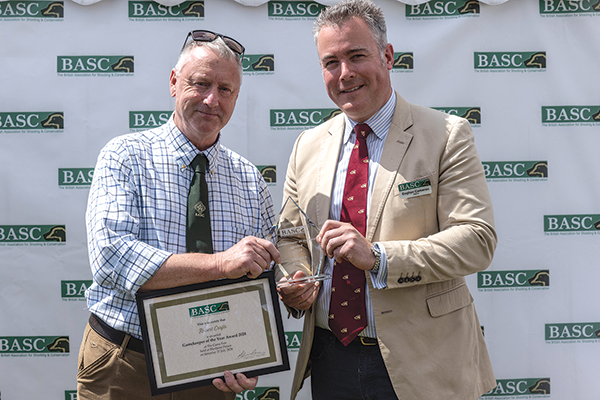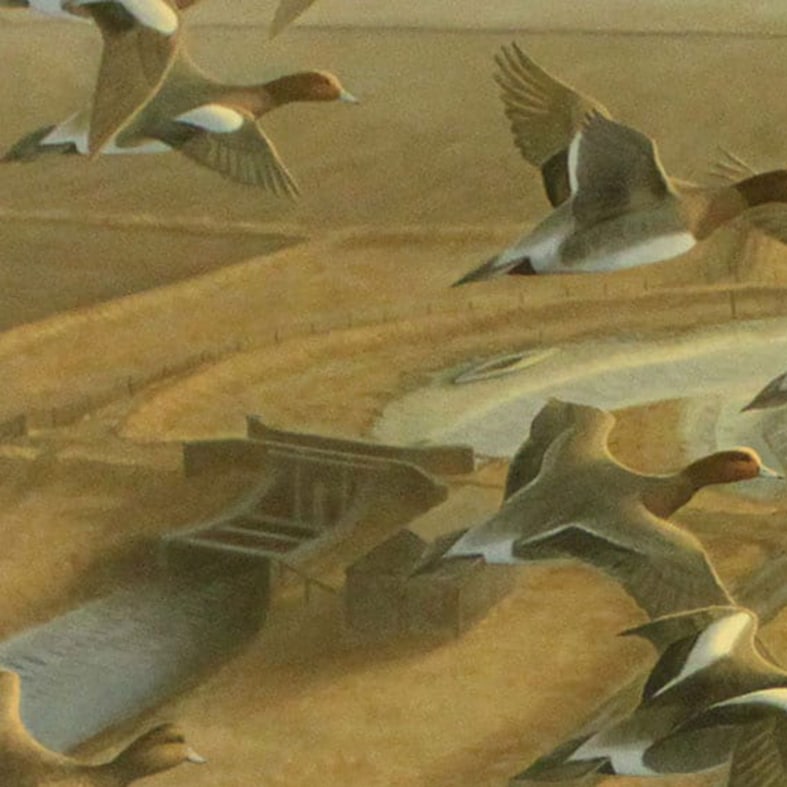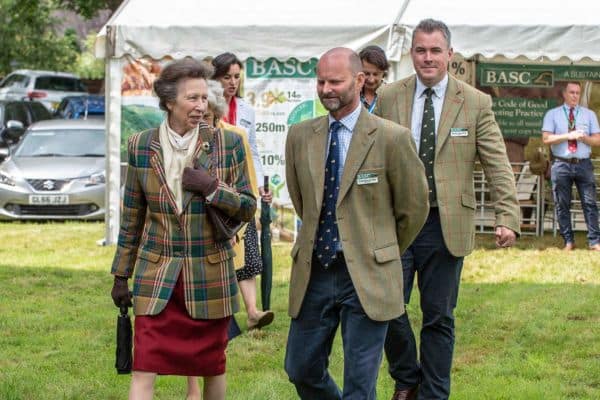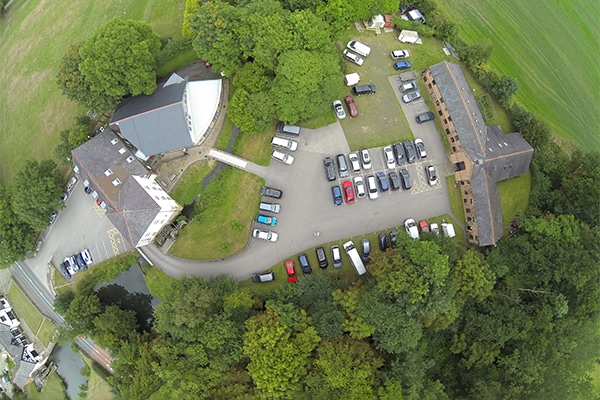
Awards
BASC’s honours and awards are a great opportunity to celebrate those who go the extra mile to support and promote shooting and conservation.
Get information on the legal shooting season for mammals and birds in the UK.
Apply for funding for your project or make a donation today
Comprehensive information and advice from our specialist firearms team.
Everything you need to know about shotgun, rifle and airgun ammunition.
Find our up-to-date information, advice and links to government resources.
Everything you need to know on firearms law and licensing.
All the latest news and advice on general licences and how they affect you.


The Wildfowlers’ Association of Great Britain and Ireland (WAGBI), was founded by Stanley Duncan in 1908 to:
Stanley Duncan went on to become the association’s first honorary secretary, an office he held for 40 unbroken years. The famous wildfowler and sporting author Sir Ralph Payne-Gallwey Bt was elected president.
By 1950, WAGBI had grown into five affiliated organisations; Southport & District Wildfowlers’ Association (1887), Blakeney and District Wildfowlers’ Association (1927), Morecambe Bay Wildfowlers’ Association (1929), Frodsham and District Wildfowlers’ Club (1938) and the Tay Valley Wildfowlers’ Association (1949).
In 1953, new legislation threatening the future of wildfowling was introduced. WAGBI responded strongly, lobbying members of both Houses and their efforts were rewarded with the Protection of Birds Act 1954. Thanks to WAGBI’s intervention, this was a far more balanced piece of legislation.
The publicity surrounding this revised legislation inspired those who valued their sporting heritage and its future to seek membership. Many of them, with WAGBI’s help and advice, set about forming local clubs and associations.
In 1960, the informal group set up alongside the Nature Conservancy back in 1949 had gained momentum and became fully established as the Wildfowl Conservation Committee.
With a shared goal to protect the future well-being of wildfowl and their habitat, a strong relationship between WAGBI and the Wildfowl Conservation Committee was developed, resulting in the chair alternating between the two organisations.
In 1975, the Gamekeepers’ Association of the United Kingdom (founded in 1900) became part of WAGBI, and membership continued to gain momentum.
To further unite and represent the membership it had now established, WAGBI became the British Association for Shooting and Conservation (BASC). It was incorporated as an Industrial and Provident Society in 1997 and formally became The British Association for Shooting and Conservation Limited.
In 2008, BASC celebrated 100 years of serving the UK’s shooting sports and communities as it still does today.
Today we have amassed more than 1,200 affiliated clubs and registered shooting syndicates, a membership of over 150,000 and over 140 members of staff.
The association’s current work, responsibilities and aspirations are complex, broad and becoming more so as the world shrinks, the countryside changes and the public demands greater access to it.
WAGBI pioneered the movement to promote, maintain and protect our historic sport and wild habitats, and BASC is determined to continue this work for the generations to come.
Our headquarters are at the beautiful Marford Mill in Rossett, Wrexham, a historic and important site for BASC.
Marford Mill was constructed in 1086 and recorded in the Domesday Book. It wasn’t until 1474 that a second mill was built. The two mills became known as the Lower and Upper Mills and then went on to become Rossett Mill and Marford Mill when the county borders changed.
The original Marford Mill was destroyed by fire in 1791 and replaced by the present building, which was reconstructed on the original foundations.
By the early seventies, the mill was no longer grinding corn and had become derelict. Thankfully it was saved and converted into offices by Maxwell Homes in 1972.
In 1981 WAGBI purchased Marford Mill and later became the British Association for Shooting and Conservation (BASC). Further conversions and renovations on the site were completed in 1985 and 1998 by BASC, which included the conversion of the old stable block.
The mill building became The Stanley Duncan Building, and the stable block offices, The John Anderton Building.
Renovations continued in the early 2000s with the restoration of the derelict water wheel. This work was undertaken by BASC’s site supervisor, a qualified joiner, with the help of local craftsmen, and a BASC member who provided specialist green heartwood from Scotland. The wheel will now still turn when the pressure of water in the mill stream increases.
The most recent renovation was undertaken in 2010, resulting in an extension to the Stanley Duncan building. This extension was named The Duke of Edinburgh building.
With eight regional BASC offices across the UK, Marford Mill remains at the heart of BASC operations. The building has a rich history and a deep connection to its community, and we are proud to call it our home.

BASC’s honours and awards are a great opportunity to celebrate those who go the extra mile to support and promote shooting and conservation.

The executive team are responsible for the day to day running of the organisation across the eight regional offices.

BASC Council plays a key role in the running of BASC and protection of shooting.
Sign up to our weekly newsletter and get all the latest updates straight to your inbox.
© 2025 British Association for Shooting and Conservation. Registered Office: Marford Mill, Rossett, Wrexham, LL12 0HL – Registered Society No: 28488R. BASC is a trading name of the British Association for Shooting and Conservation Limited which is authorised and regulated by the Financial Conduct Authority (FCA) under firm reference number 311937.
BASC Direct Ltd is an Introducer Appointed Representative of Agria Pet Insurance Ltd who administer the insurance and is authorised and regulated by the Financial Conduct Authority, Financial Services Register Number 496160. Agria Pet Insurance is registered and incorporated in England and Wales with registered number 04258783. Registered office: First Floor, Blue Leanie, Walton Street, Aylesbury, Buckinghamshire, HP21 7QW. Agria insurance policies are underwritten by Agria Försäkring.
If you have any questions or complaints about your BASC membership insurance cover, please email us. More information about resolving complaints can be found on the FCA website or on the EU ODR platform.